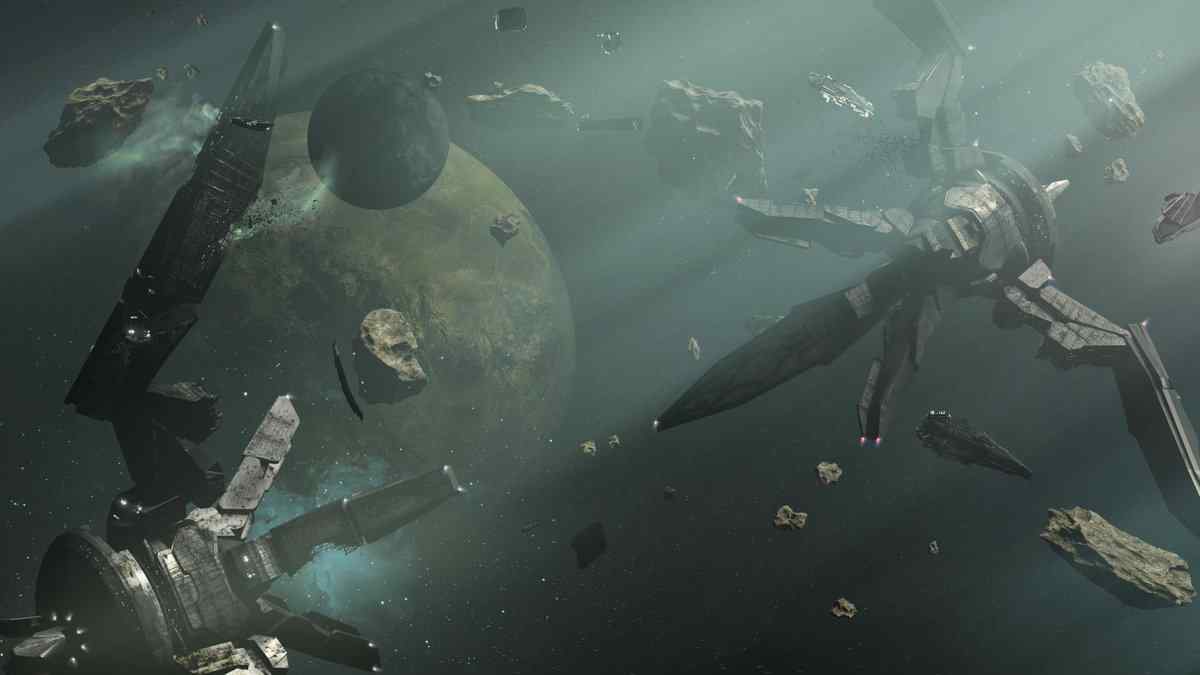The renowned strategy games Cities: Skylines, Europa Universalis series, as well as the funny fantasy action RPG Magicka franchise, are all produced by Paradox Interactive. Paradox Development Studio, the company’s in-house developer, recently took a step forward with Stellaris, a space strategy video game that outperformed all prior Paradox products.
In the game, players are tasked with exploring and colonizing space’s far reaches, either against or alongside alien species, to be the galaxy’s dominating force. The game dethroned the previous record holder, Cities: Skylines, by attracting 68,000 stable players on its release day. That was not the only jaw-dropping record Stellaris broke. Within 24 hours of its debut, more than 200,000 units of Stellaris were sold, making it Paradox’s fastest-selling game to date.
Stellaris’ success has been aided by a Cookie Clicker-style mini-game titled Project Augustus. Players are forced to repeatedly click to power a tiny spaceship to its target and gain additional goodies for Stellaris. In this article, we will discuss how Stellaris became so famous.
Also Read: Stellaris Point Defense vs Flak Cannons
1. Exploration is Fun!

Stellaris presents you with a plethora of possibilities right away. Players can choose between mammalian, reptilian, and avian species in the empire development system. Spider-like organisms, hard-shelled mollusks, and a race of sentient fungi have all been discovered.
Each empire can choose from a limited number of good and bad characteristics that will, for example, improve their engineering ability or make them physically unappealing. You can even alter your empire’s stance toward different races and ideas, allowing you to create unique and complex political structures.
Do you want to play as a bird-like race that can only colonize dry, rocky desert worlds and prefers a communist society worshiping technology? Then you should try your hand at running a ruling science directorate, an oligarchy of eggheads who are chosen every 50 years.
Maybe next time, you’d want to conjure up a society of rabid, warlike xenophobes made up of floating, spore-like organisms. If that’s the case, you can look into the difficulties of running a military dictatorship with a five-year election cycle.
Expect several tough campaign playthroughs for completionists who want to see everything the game has to offer.
Stellaris exploits each of these characteristics to weave a unique story for you and your society once you’ve narrowed down your choices. Your people’s reactions to discoveries, events, and other races are based on the choices you make during the pre-game setup. As a result, the game encourages large-scale role-playing and rewards players with early-game technology and bonuses for embracing such roles.
Stellaris excels at making exploration enjoyable in the early game. Random events and interactions occur when your science vessels travel through space in search of new worlds. While you’re doing the heavy labor of maintaining your empire, it seems like the best episodes of Star Trek are playing out in a microcosm.
Each science vessel requires a captain who is a scientist. Scientists are leaders in Stellaris, equal to presidents, planetary governors, admirals, and generals, all recruited over time.
Many of your leaders will come and go over the years. Some will perish from old age, while others, like those aboard your science vessels, will perish in the stars. These people, however, don’t have much of a personality other than a few stat bonuses.
The other species in the game don’t either. Conversation with other empires is one of the least exciting aspects of Stellaris, aside from a few rehashed one-liners. In our experience, geopolitics has been a rather binary affair, despite Stellaris’ boasts of background intricacy and ever-evolving allegiances.
An alien race either hates or loves you, and it seems to keep doing that one thing indefinitely. Since there’s hardly any information on what other civilizations want in return for critical negotiation chips like border accords and technology, it’s difficult for some players to know if I’m playing diplomacy “right” or “wrong.”
2. Stellaris Is a Diplomatic Game
Since gaining friends in Stellaris can be time-consuming, it’s often easier to launch a war and get what you want. Stellaris has a low tactical complexity when it comes to battle. When two rival fleets are within range of each other, battles begin automatically and finish when one of them is destroyed or retreats.
Shipbuilding appears sophisticated, with various hull designs and weaponry systems available, but Stellaris makes minimal effort to explain this perplexing process. Perhaps someone brighter than an average player will figure it out with enough time and trial and error.
At the very least, battles are entertaining to watch. In the final assault on populated worlds, missiles and lasers arc through space, spacecraft twist and circle one another, and drop pods shoot toward the surface. However, it’s only for show. Some players rarely, if ever, felt like there was anything they could do to influence the outcome of interaction other than flee.
The pleasure of war in Stellaris is entirely about brilliant maneuvering, and not every empire moves in the same manner. Each character starts the game with one of three modes of transportation:
- Sluggish and stable warp drives.
- A limited amount of super-fast hyper-lanes.
- The capacity to travel through wormholes.
Above all, the various groups’ personalities are shaped by their modes of transportation.
When fighting an empire that relies on warp drives, an empire with wormhole transport can stage a feint attack in one system to draw the enemy fleet in before launching the actual attack at an unprotected area. Simultaneously, once a wormhole generator is discovered, it becomes a priority target for attack, as its destruction prevents access to whole areas of the map. In our experience, AI has proven to be adaptable enough to accomplish all of these tasks and more.
We had a lot of fun watching the fleets dart in just in time to foil an enemy counterattack, provoking the AI to attack at a location of our choosing, and exploiting drive technology to achieve the best advantage. The decision to fight at all is crucial. Not only did we have to plan for fighting, but also for the logistics of supporting that war effort.
Aside from open warfare, the day-to-day governance of civilization in Stellaris is simple because of the game’s unique sector structure. The amount of core worlds that an administration may properly support is limited for each empire. That’s roughly five for most federal employees. Beyond that, planets must be assigned to discrete regions. These regions are semi-autonomous zones that can be assigned a purpose, such as industry or the army, and offer research and resources to the broader empire.
Sectors, on the other hand, are not limitless.
Each one is acquired with influence points, which players receive in a steady stream during the game. These credits are a creative technique to pace gaming, with the explicit objective of stopping players from endlessly meddling with their empire’s inner workings to min/max their approach to success.
On the other hand, influence is used to buy items like leaders, mandates, and outposts. That means you may have science boats idle and military base building put on hold for decades while you save up enough points. It almost seems like the game could use another vital resource to distinguish the buying of new policies from hiring leaders and infrastructure construction.
Stellaris audience – possibly – can incorporate this into the game. Just before the game’s release, Paradox made a bold claim that it would be one of the most editable in the company’s history. There’s already a discussion of a Star Trek mod, and you can foresee a variety of popular topics being incorporated into the team in the future.
Also Read: Stellaris Right Click Not Working Fix
3. It is a Multiplayer Game
Stellaris can accommodate up to 32 participants in real-time pausing. Given that a single-player mission can run up to 80 hours, it’s a gameplay that’s practically impossible to complete in one sitting. It would be better to get everyone together in a room for several days to discuss diplomacy.
It’s improbable that we will ever play in this style outside of a paid press junket, which Polygon rejected to attend. However, knowing it’s conceivable cheers us up. All we can tell is that the online systems are functional, and we have been able to play some games in this system.
Conclusion
Official, bolt-on replacements for systems like diplomacy and shipbuilding, which aren’t quite as polished as we would want to see at release, are what we are most looking forward to. Dox has shown that it is willing to work on long timelines and has a history of providing substantial updates to its games years after being released.
Three years from now, we expect Stellaris to be a vastly improved experience. Paradox has progressed from its historical gaming roots, but it still has ways to make this futuristic departure genuinely excellent. That’s it for now. We appreciate your feedback. Let us know what you think of this game and why you think it’s a must-to-play game. Let us know in the comment section. Till then, Happy Gaming!



